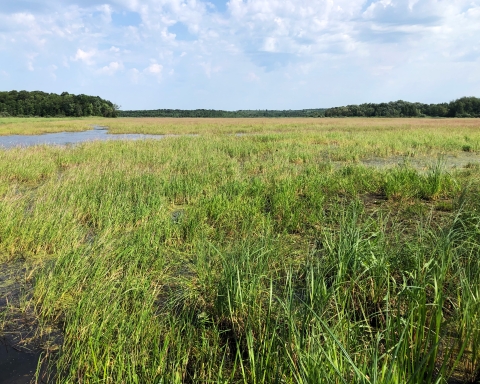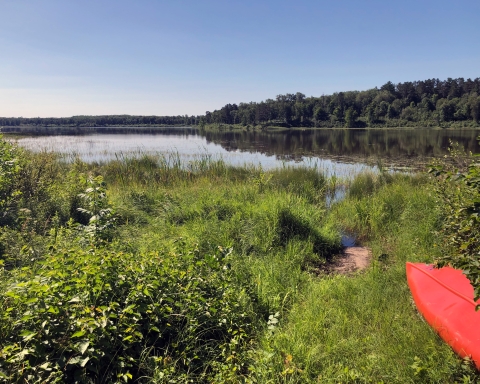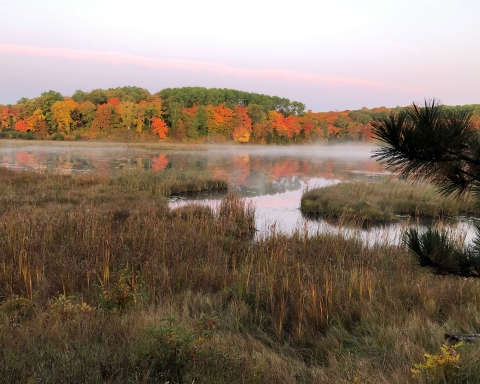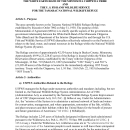States
MinnesotaEcosystem
WetlandBuilding on our shared conservation partnership
We developed a memorandum of agreement with the White Earth Band of the Minnesota Chippewa Tribe, also referred to as White Earth Nation, that supports our long-standing conservation partnership. Band members have harvested resources in the area that is now the refuge since time immemorial. Certain activities such as wild rice harvest and furbearer trapping were guaranteed to the Tribe through an agreement with the Department of the Interior in 1935.
The memorandum of agreement does not transfer any refuge lands or change public access to the refuge. Instead, the agreement focuses on how we collaborate and coordinate with White Earth Band of the Minnesota Chippewa Tribe to permit ongoing Tribal citizen harvest activities and Natural Resources Department scientific activities on the refuge. Additionally, we are committed to developing a co-stewardship agreement with the Tribe to increase coordination and collaboration on the refuge now that this memorandum of agreement is complete.
Goals
Staff from Tamarac National Wildlife Refuge and White Earth Nation have worked together for decades on common natural resource goals. Following a recent request from White Earth Nation to transfer lands of the refuge to Tribal ownership, there was discussion regarding how we could work together more effectively. This memorandum of agreement alleviates the administrative burden of multiple permits for traditional Tribal activities. Additionally, the agreement focuses on increasing communication and collaboration on resource management, planning and research.
Objectives
We eliminated the need for White Earth Nation members to get harvest permits from both the Natural Resource Department of White Earth Nation and Tamarac National Wildlife Refuge. The process is now streamlined so members need a single permit issued by White Earth Nation. The agreement also ensures coordination and information-sharing between both organizations. Continuing commitments regarding more frequent face-to-face meetings, annual reports and a future co-stewardship agreement were also made.
Timeline
Discussions regarding the memorandum of agreement began in early September of 2023. After many drafts and much discussion, a final version was completed in early May of 2024. Representatives from the U.S. Fish and Wildlife Refuge and White Earth Nation Reservation Business Council signed the document on June 4, 2024.
Tamarac National Wildlife Refuge was established in 1938 to serve as a breeding ground and sanctuary for migratory birds and wildlife. Today, the refuge encompasses nearly 43,000 acres in the glacial lake country of northwestern Minnesota. This is a location where eastern deciduous hardwoods, northern coniferous forests and western tallgrass prairies converge to create a rich assemblage of both plants and animals. It is estimated that more than 50,000 visitors come to the refuge each year to recreate and experience the lakes, rivers, forests and wildlife each year. Approximately half of the refuge is located within the boundaries of the White Earth Reservation.
We are proud of the long and productive history with our conservation partners in the Natural Resource Department of White Earth Nation and look forward to future collaborations.








